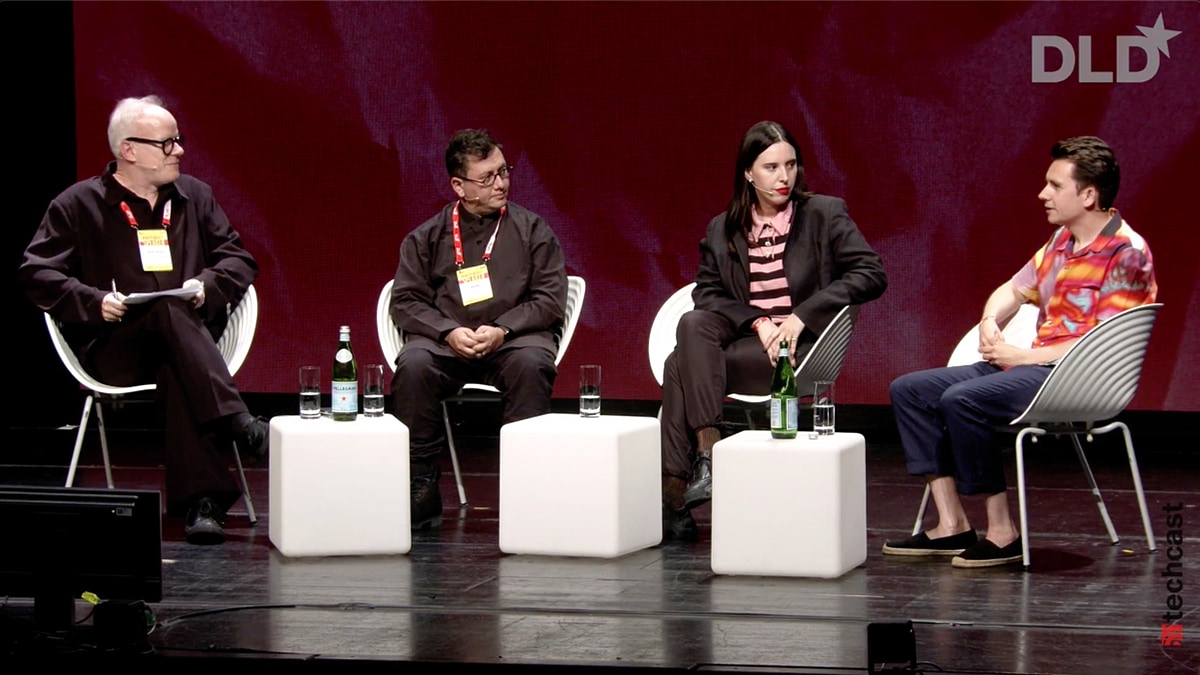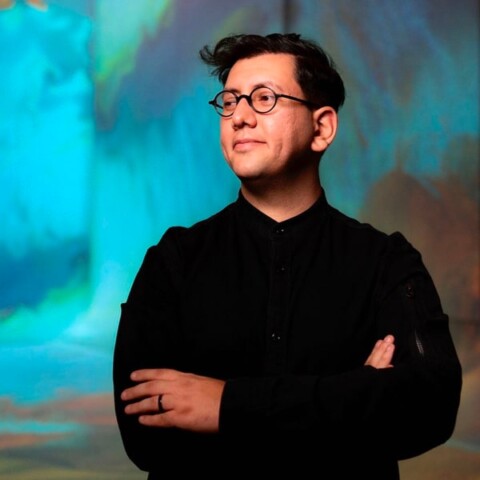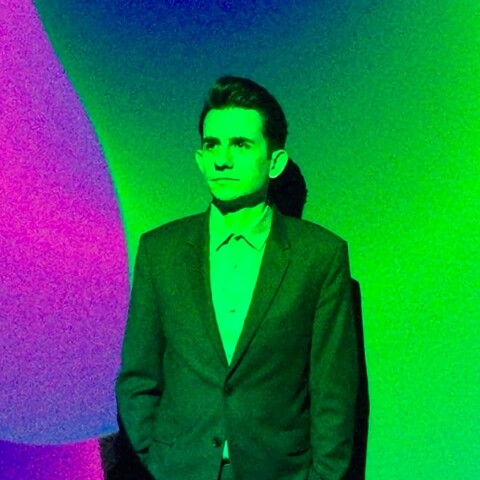Cryptographic ownership certificates are becoming an integral part of the art world. In a session moderated by Hans Ulrich Obrist, artists Emily Segal, Refik Anadol and Rafaël Rozendaal discuss the value that NFTs can bring to creatives.
Segal confesses that she was skeptical when she first heard of cryptocurrencies and NFTs. “A lot of my cool artist and musician friends were all of a sudden standing around, basically talking about finance and stocks all day, which I thought was super boring”, she recalls.
But she became a convert when she saw the potential for creatives like herself. She launched a crowdfunding campaign on the crypto publishing platform Mirror for her second novel, Burn Alpha – which became the first ever NFT novel.
Rozendaal initially considered the blockchain technology as “very user unfriendly”, but now it’s become much easier to use, he says – and for his own audience, the perfect way to purchase his art.
“I’ve built up this big audience, and it’s an audience that is not comfortable around galleries” he says. NFTs allow his fans to “buy work without talking to anyone, trade it freely and own it”.






